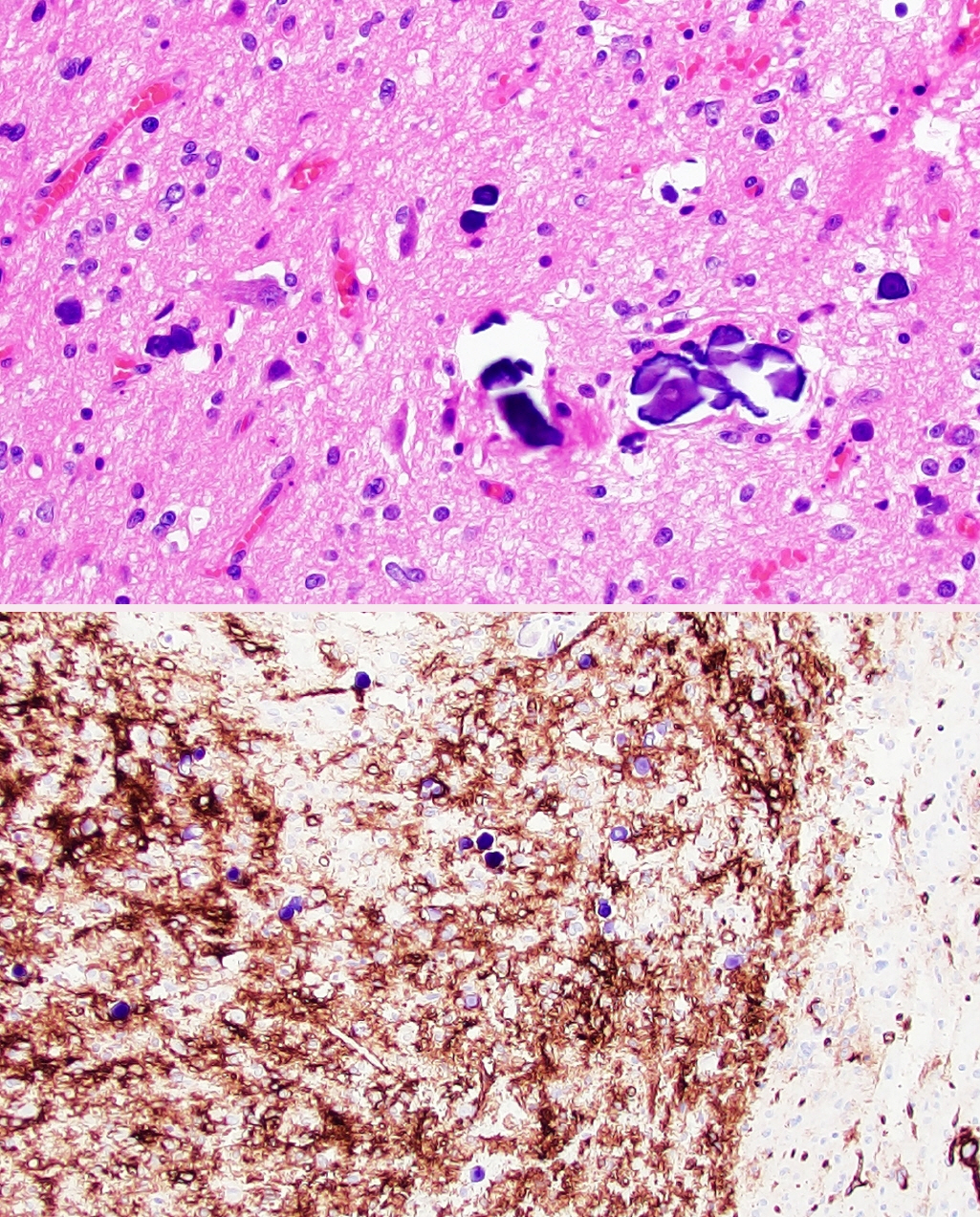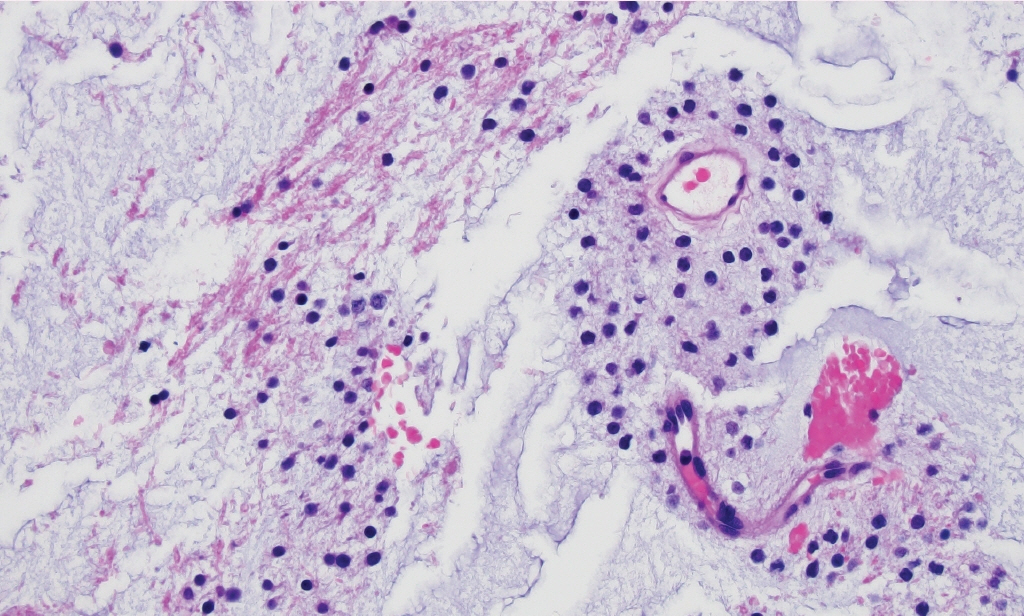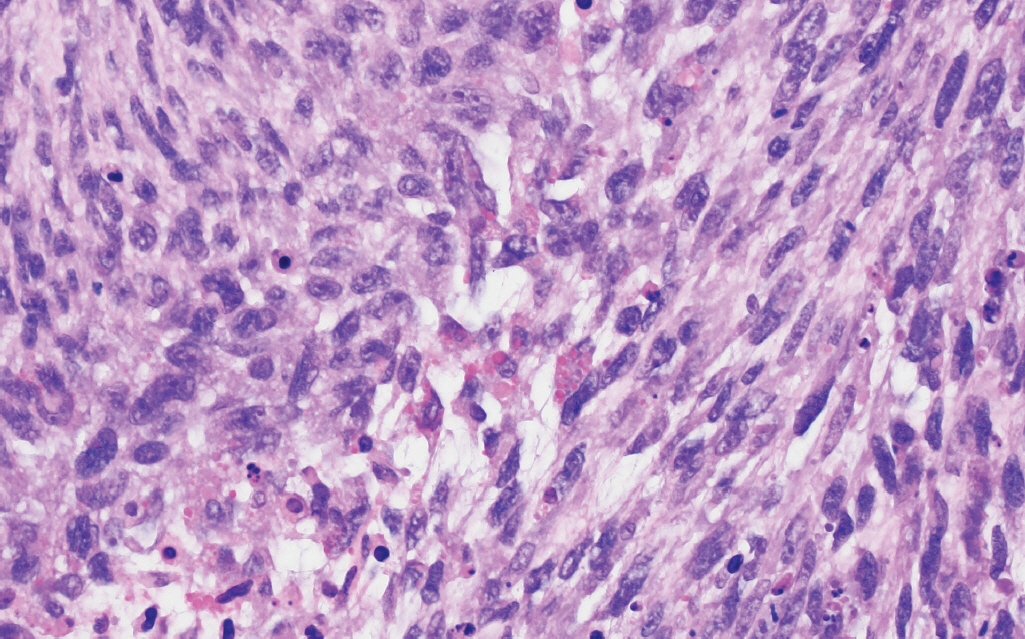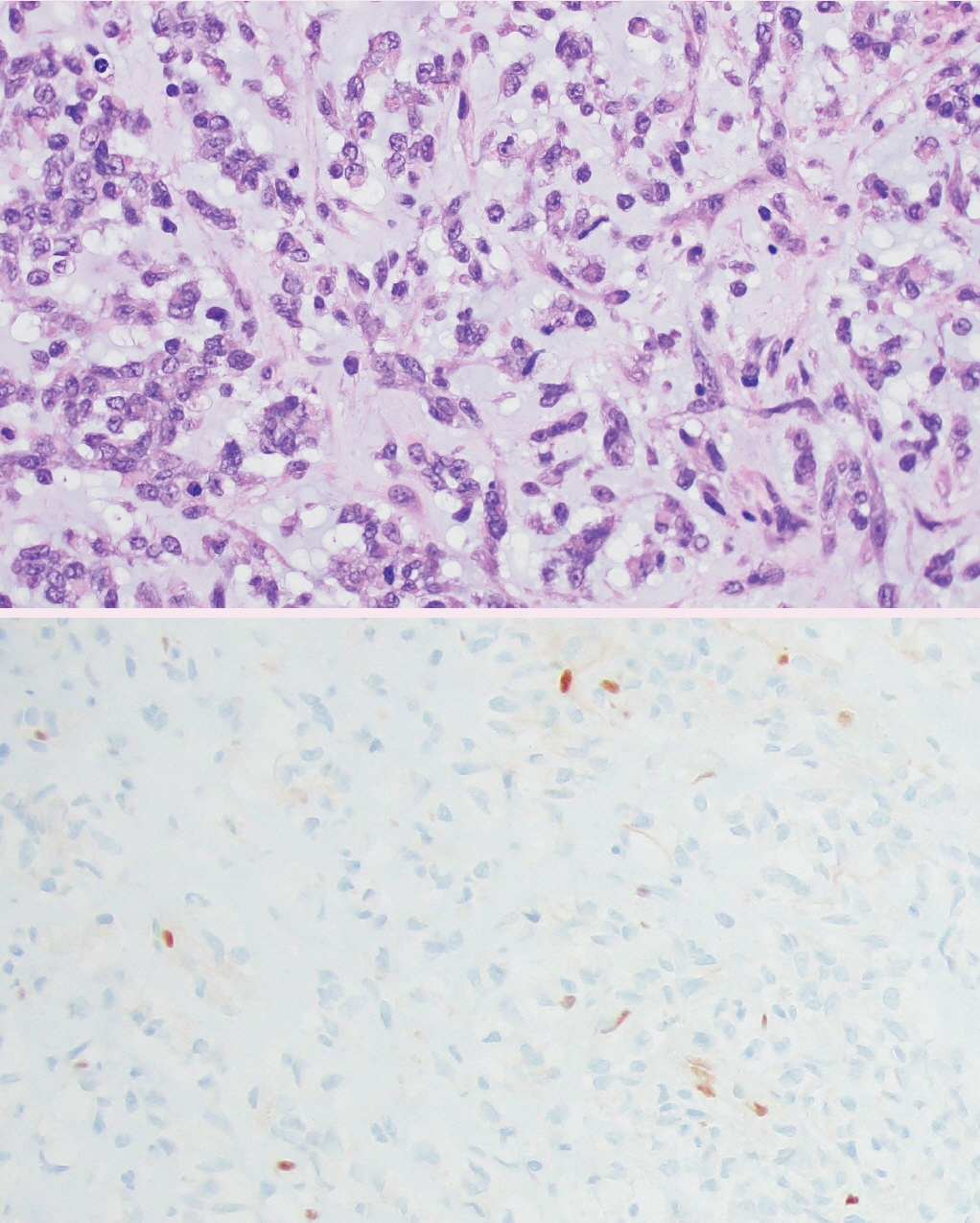J Pathol Transl Med.
2024 Nov;58(6):346-349. 10.4132/jptm.2024.09.11.
What’s new in neuropathology 2024: CNS WHO 5th edition updates
- Affiliations
-
- 1Department of Pathology, Northwestern University Feinberg School of Medicine, Chicago, IL, USA
- KMID: 2560676
- DOI: http://doi.org/10.4132/jptm.2024.09.11
Abstract
- The fifth edition of the World Health Organization (WHO) Classification of Central Nervous System (CNS) Tumors was released in 2021, just five years following the updated fourth edition. Advanced molecular testing such as next-generation sequencing, RNA fusion analysis, and DNA methylation profiling has led to more precise grading and classification of pre-existing tumor types as well as the recognition of new ones. Herein, we outline the major updates of the 2021 WHO Classification of CNS tumors, with emphasis on the expanded molecular characterization of CNS tumors.
Figure
- Full Text Links
- Actions
-
Cited
- CITED
-
- Close
- Share
- Similar articles
-
- What’s new in kidney tumor pathology 2022: WHO 5th edition updates
- What’s new in genitourinary pathology 2023: WHO 5th edition updates for urinary tract, prostate, testis, and penis
- What’s new in adrenal gland pathology: WHO 5th edition for adrenal cortex
- What’s new in breast pathology 2022: WHO 5th edition and biomarker updates
- What’s new in thyroid pathology 2024: updates from the new WHO classification and Bethesda system





